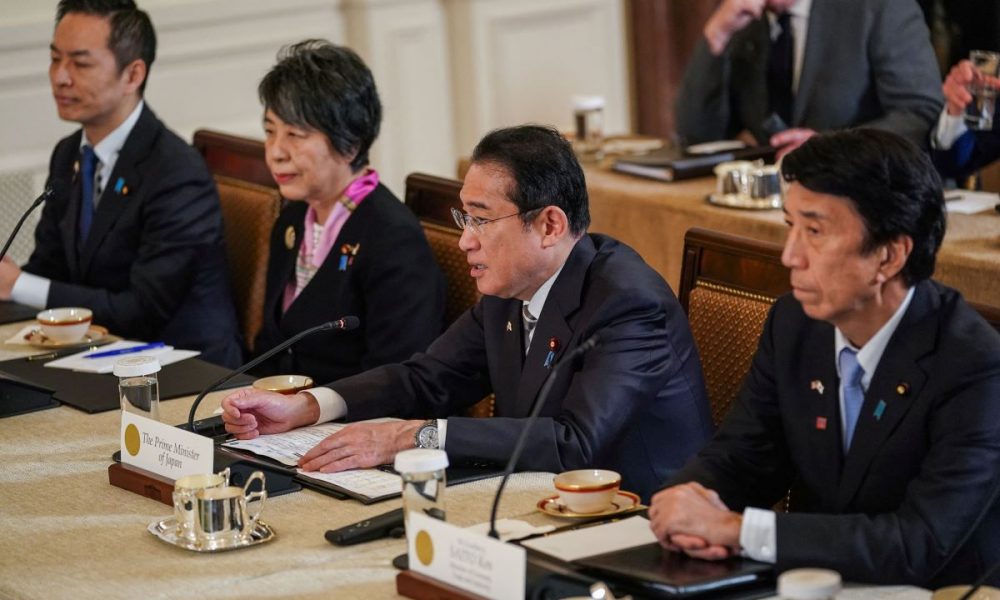


The state visit saw key developments in Japan-US space coordination, including an agreement for a Japanese astronaut to join one of NASA's lunar missions.



Rahm Emanuel says Japan is now a full security partner. He discusses expectations for the April Summit, including investments in tech and education, and gender.
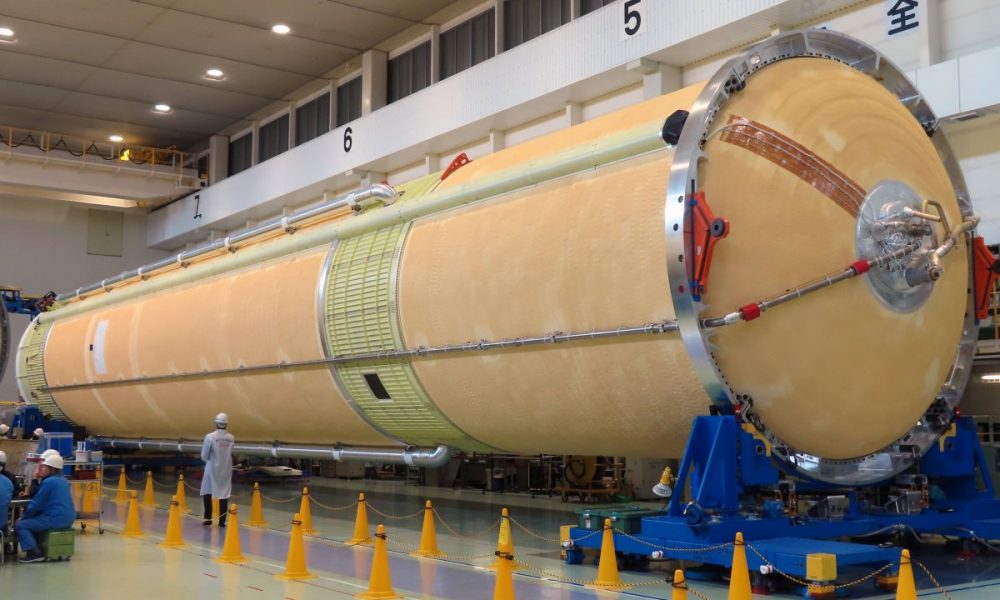
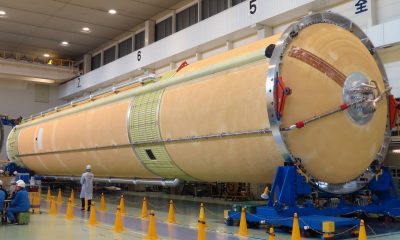

With the February launch ending the H3 rocket's test phase, the new rocket will likely carry the satellite DAICHI-4 for observation of disaster-hit areas.
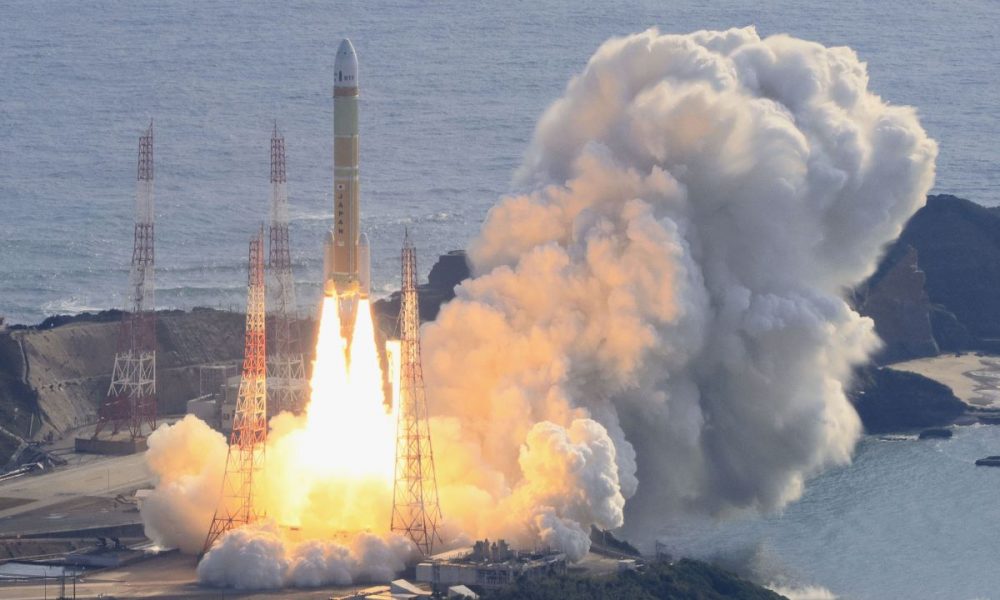
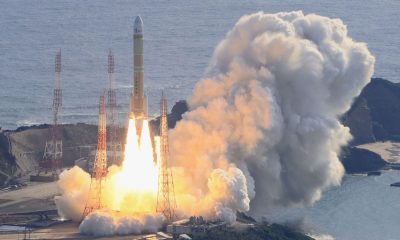

The initial H3 launch failed in 2023, making this launch more important than ever for Japan's economic security and international participation in space.
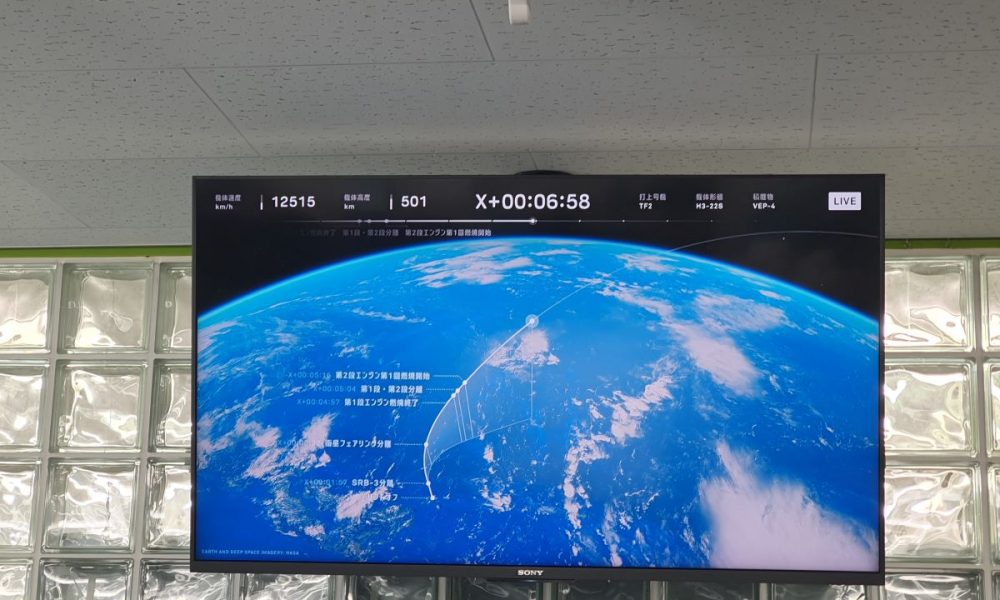
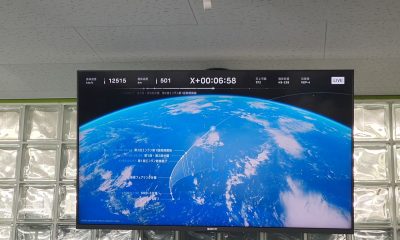

No helicopters, no military uniforms, no macho mood, and a staff canteen that serves lunch to everyone who is hungry ー only at the Japanese space...



After early hiccups, Japan has successfully launched its next-generation H3 rocket, and the mood at the Japan Space Exploration Agency could hardly be better.
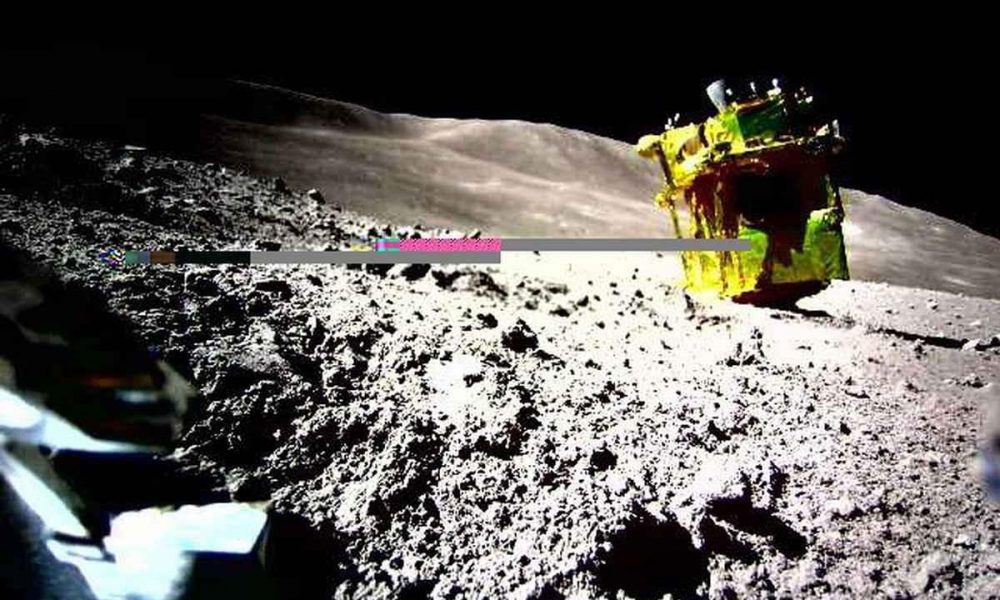
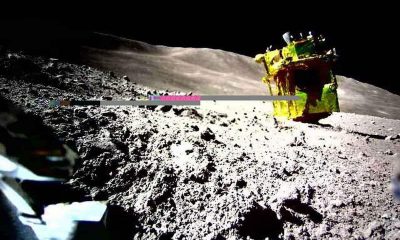

After landing on the moon at an awkward angle due to engine failure, a change in the sun's position has allowed the probe to regain power...



At a symposium organized by the Moon Village Association, scientists presented ideas on establishing a human colony in the challenging lunar environment.
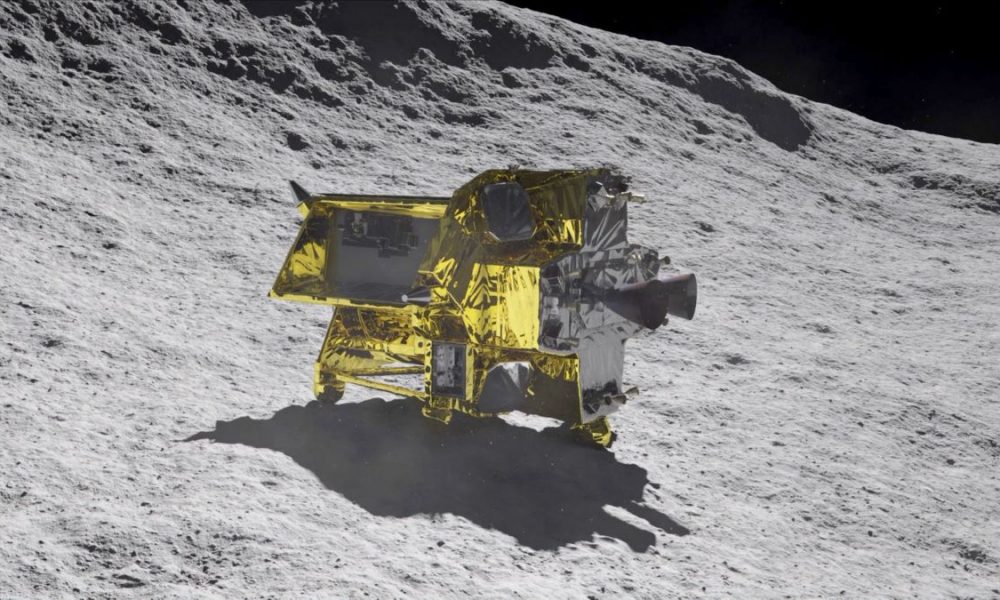
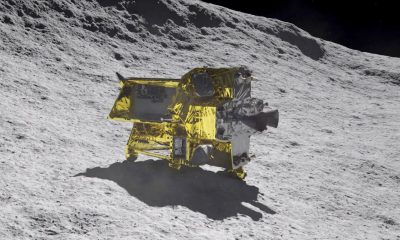

SLIM's technology expands the possibilities for lunar exploration by unmanned vehicles. It opens the way for Japan to become a key player in space development.
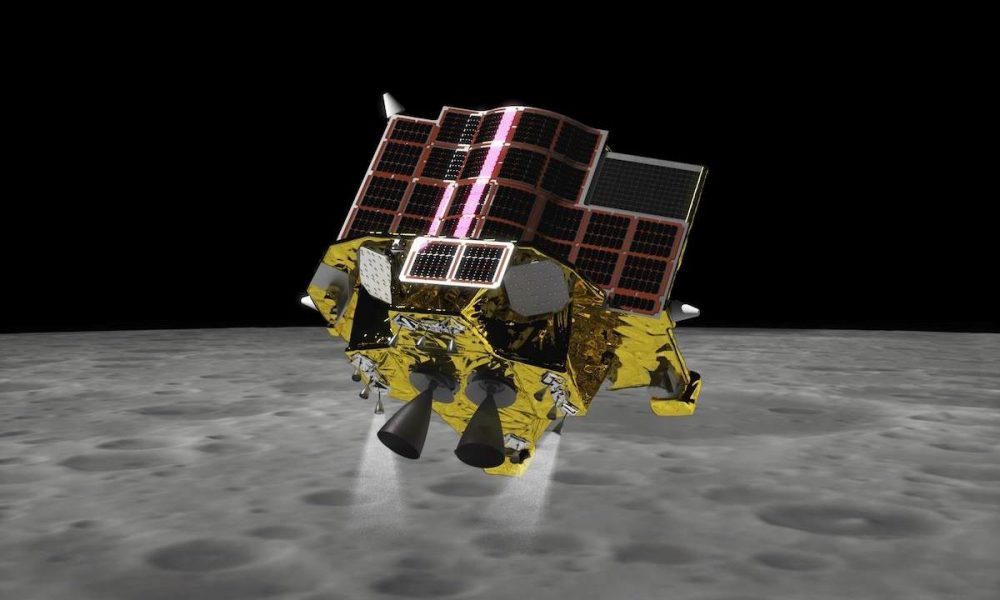
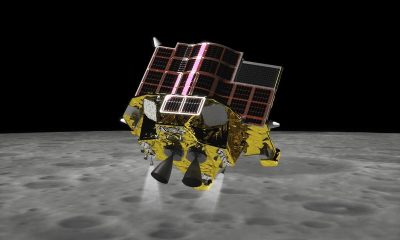

Despite the harsh self-evaluation, JAXA managed to land its spacecraft on the moon's surface within 100 meters of its target area.



As Asia welcomes the New Year of the Dragon in 2024, from the Earth to the Moon, the Year of the Rabbit will not be missed....



Attendees at a space conference enjoyed a salad made of greens cultivated in engineered soil, similar to the sand retrieved from asteroid Ryugu by JAXA.